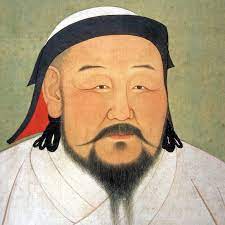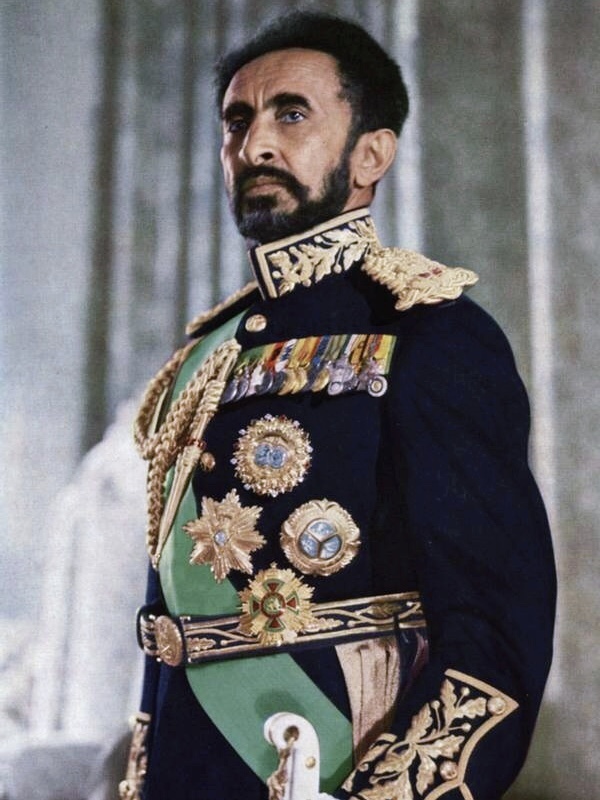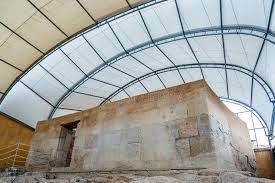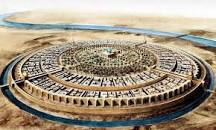
Genghis Khan
Adimchi
Genghis Khan, the founder and first leader of the Mongol Empire, was a complex and influential figure in world history. He rose to power through his military and leadership abilities, unifying the Mongol tribes and expanding the empire through his innovative tactics and strategies. However, his conquests were also marked by brutality and violence, and his legacy continues to be studied and debated to this day.
Social Share

Haile Selassie
Adimchi
Haile Selassie, the last emperor of Ethiopia from 1930-1974
Social Share

Ransom Room
Adimchi
The Ransom Room is a small building located in Cajamarca, Peru. It is considered to be the place where the Inca Empire came to an end with the capture and execution of Emperor Atahualpa.
Social Share

Walls of Benin
Adimchi
The Walls of Benin were a complex system of fortifications that spanned over 6,000 kilometers (3,700 miles). They consisted of ramparts, moats, and bastions, and were built with incredible precision and attention to detail. The walls were constructed using a technique known as "rammed earth," which involved compressing layers of earth and clay between wooden frames to create a solid wall. The walls were then reinforced with layers of palm oil and palm fiber, which made them resistant to erosion and weathering. This level of engineering skill was truly remarkable for its time, and it allowed the Benin Kingdom to establish a strong defensive position that helped to ward off many invading armies. The walls were also an important part of the kingdom's trade and commerce network, allowing the rulers to control the flow of goods and people in and out of the city. Today, the Walls of Benin stand as a testament to the rich cultural heritage of West Africa and the remarkable achievements of the Edo people. While much of the wall has been lost over time, efforts are underway to preserve and protect what remains so that future generations can appreciate and learn from this incredible engineering marvel."